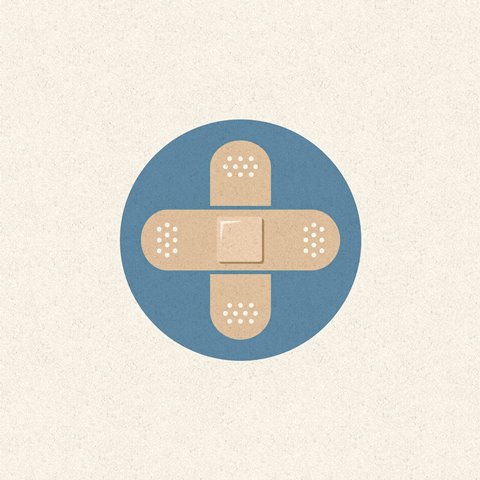Tom Perez has spent much of his first month as Democratic National Committee chair making what he calls “house calls” — even though his speeches are more like full-shout rallying cries.
During a Friday swing through New Jersey, he told a crowd in Newark that “Republicans don’t give a sh** about people” while denouncing the failed GOP health care bill.
Then he said President Donald Trump will be defeated “in 2020, or whenever he gets impeached.”
“What history will record is that on January 21, the resistance took over in this country,” Perez said.
The road trips and fiery speeches are part of Perez’s strategy to confront his biggest external challenge as DNC chair — bridging the divides still lingering in the Democratic Party after the 2016 presidential primary. But the internal task of overhauling a struggling national party that Perez had declared in need of a “turnaround artist” as he campaigned for the job will increasingly demand his focus in the coming days.
“The challenges that we have are significant. They’re not going to be resolved in the 22 days or so that I’ve been on the job,” Perez told CNN in an interview after his second New Jersey stop Friday. “But I’m very heartened by what I’ve observed so far. We’ve got a lot of internal work to do and a lot of external work to do.”
Among the tasks ahead for Perez: Handing out assignments for his top deputies, hiring a senior staff and restructuring the DNC.
Perez and the party’s slate of five vice chairs held their second retreat Monday in an effort to sort out much more specific individual roles than vice chairs have previously played. New York Rep. Grace Meng, for example, is heading up a nationwide surrogate program.
Perez met with members of a massive transition advisory committee Wednesday, as it breaks into working groups for a day-long session to compile outside recommendations for the party’s strategy and direction. And internally, a transition team is analyzing each department to see what organizational changes need to be made.
“Those are precisely the conversations we’re in the middle of doing — what’s the structure of the DNC, what should it look like?” Perez said. “That’s still a work in progress, but it’s a work in considerable progress.”
The internal transition team includes Emmy Ruiz, a Hillary Clinton staffer involved in Perez’s DNC chair race, former Perez Labor Department chief of staff Seema Nanda, Labor Department deputy chief of staff Sam Cornale and Will Hailer, who was Minnesota Rep. Keith Ellison’s political director in the DNC chair race. The group is also preparing to conduct interviews for senior staff roles in the coming weeks.
They’re sifting through more than 700 total resumes — and the pile continues to grow.
The DNC on Tuesday began filling out its communications staff, announcing that long-time Perez aide Xochitl Hinojosa is the new communications director. Perez also elevated Adrienne Watson, a Hillary Clinton campaign staffer who’d joined the DNC as national press secretary, to deputy communications director. And Michael Tyler, who worked on Perez’s DNC chair race and Russ Feingold’s unsuccessful Wisconsin Senate run in 2016, is the national press secretary.
Other major staff hires, such as executive director, have not yet been announced.
“The first step is to assess the lay of the land,” said former Michigan Gov. Jennifer Granholm, a member of the transition advisory committee. “There seems to be consensus that the architecture of the DNC needs to be organized in the same way campaigns are organized — and Tom’s team recognizes this. There needs to be much better regional collaboration and coordination, in a way that really reflects states’ and regions’ unique needs.”
Digital efforts
Granholm said Perez is especially focused on “reimagining the digital and technology space.”
“Across the board at the DNC there are opportunities for better collaboration and silo-busting, but nowhere is that truer than in the relationships between digital, organizing and fundraising,” she said.
Perez also pointed to those areas — saying volunteers have already begun helping the DNC merge and improve them.
A source familiar with the efforts said top Obama campaign digital strategist Joe Rospars, Obama 2012 chief analytics officer Dan Wagner, 2016 Democratic National Convention chief innovative officer Andrew Binns, former party chief technology officer Bryan Whitaker and others are involved in conversations with the party on revamping its digital efforts.
A particularly urgent focus, Perez said, is sustaining the party’s current record small-dollar fundraising — which matches a trend across an energized political left, with progressive groups and party committees smashing previous records for a non-election year.
“The question is, can you translate success that individuals have — like Barack Obama, like Bernie Sanders — into success as an organization?” Perez said. “I think a lot of it is leading with our actions. If people see, this organization is fighting for the issues I care about, then they’re going to want to be a member of that organization.”
Perez is also confronting progressives’ skepticism over the DNC after a year in which Sanders’ supporters felt it helped Clinton win the Democratic primary.
The new chairman has personally met with representatives of MoveOn.org, the Progressive Change Campaign Committee, the National Domestic Workers Alliance and “flippable,” a new group focused on state legislative and gubernatorial races.
Perez said he knows he hasn’t won over every part of the progressive base yet. Part of his effort to court those progressives has involved a buddy-buddy tour with Ellison, who was backed by Sanders’ supporters in the DNC chair race. The two have made two joint trips already and plan more.
“There’s a lot of folks who want to observe what we’re doing before they pass permanent judgment on where they want to join — and I accept that,” Perez said. “Trust is not something that’s given because you win an election; it’s something you have to earn.”



